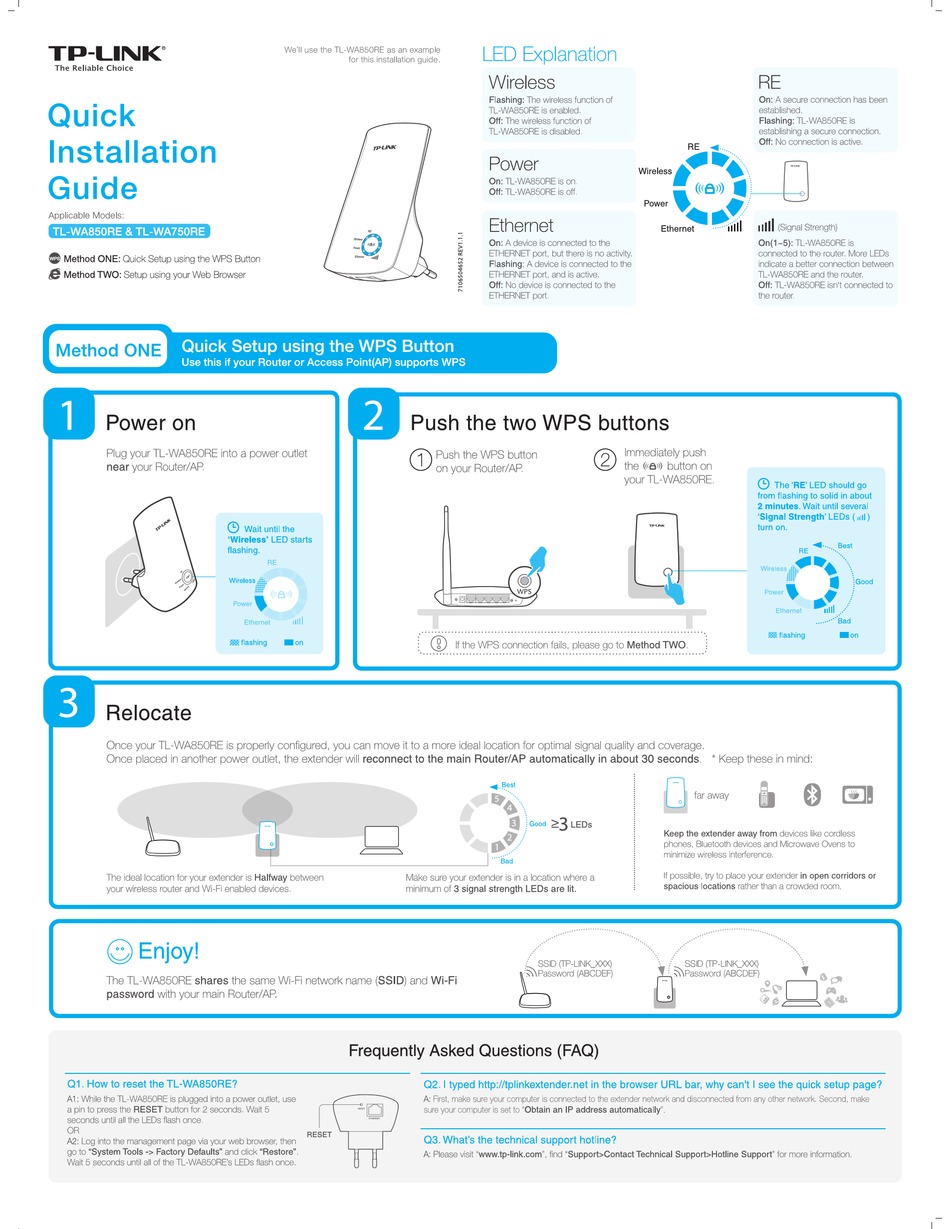Magisk may be installed using a number different techniques, such as TWRP recovery. If you choose not to install TWRP Recovery, you must extract boot.img from stock firmware and use Magisk to patch it. In particular, it was written before the binwalk API was updated to provide an interface for accessing information

by UBI# at the beginning of the file. Ambarella A7/A9 firmware pack tool; allows extracting partitions from the firmware, or merging them back. Use this to extract Ambarella firmware from files created after DJI Container is extracted.
- Unplug your serial programming adapter or your device and plug it back in or connect to another power source.
- “Tools ” section.
- In most cases those pins are available on the PCB in the form of pin holes or solder pads but pin headers or jumper wires need to be soldered or otherwise applied.
- Having this information also helps to perform manual analysis using hex editors, as it indicates which integrity checking means have been used to build the firmware image.
- All of this indicates that we have not loaded the file at the right address.
The BIN file is often compressed in a .ZIP archive that the user must decompress with a compression utility, such as Windows File Explorer, Apple Archive Utility, or Corel WinZip. A BIN file is an executable file that a user can run on a Unix operating system, such as Linux or FreeBSD. It typically stores a program consisting of binary code compiled from source code. Unix Executable BIN files are similar to Windows .EXE files and macOS .APP files.
- Once you stock firmware open the BIN file with an image tool, you can view its content and edit it to your liking.
- One of the steps that can be carried out when conducting an IoT security audit.
- like comm_serialtalk.py, but provides easier interface for some important functions.
- He’s currently studying Pharmacy and has been writing articles for more than 4 years.
After a few seconds, the firmware will be flashed into your ESP32 board. On the ESP01 chip this involves setting GPIO0 to GND and resetting the chip. On the Serial Monitor, change the line ending setting to “Both NL & CR” and set the baud rate to baud. You should see a Serial Monitor display similar to the one shown in the Figure below. Plug in your ESP8266 Wemos D1 Mini into your computer’s USB port. Load the following files with the corresponding hex addresses on the Flash Download Tool.
